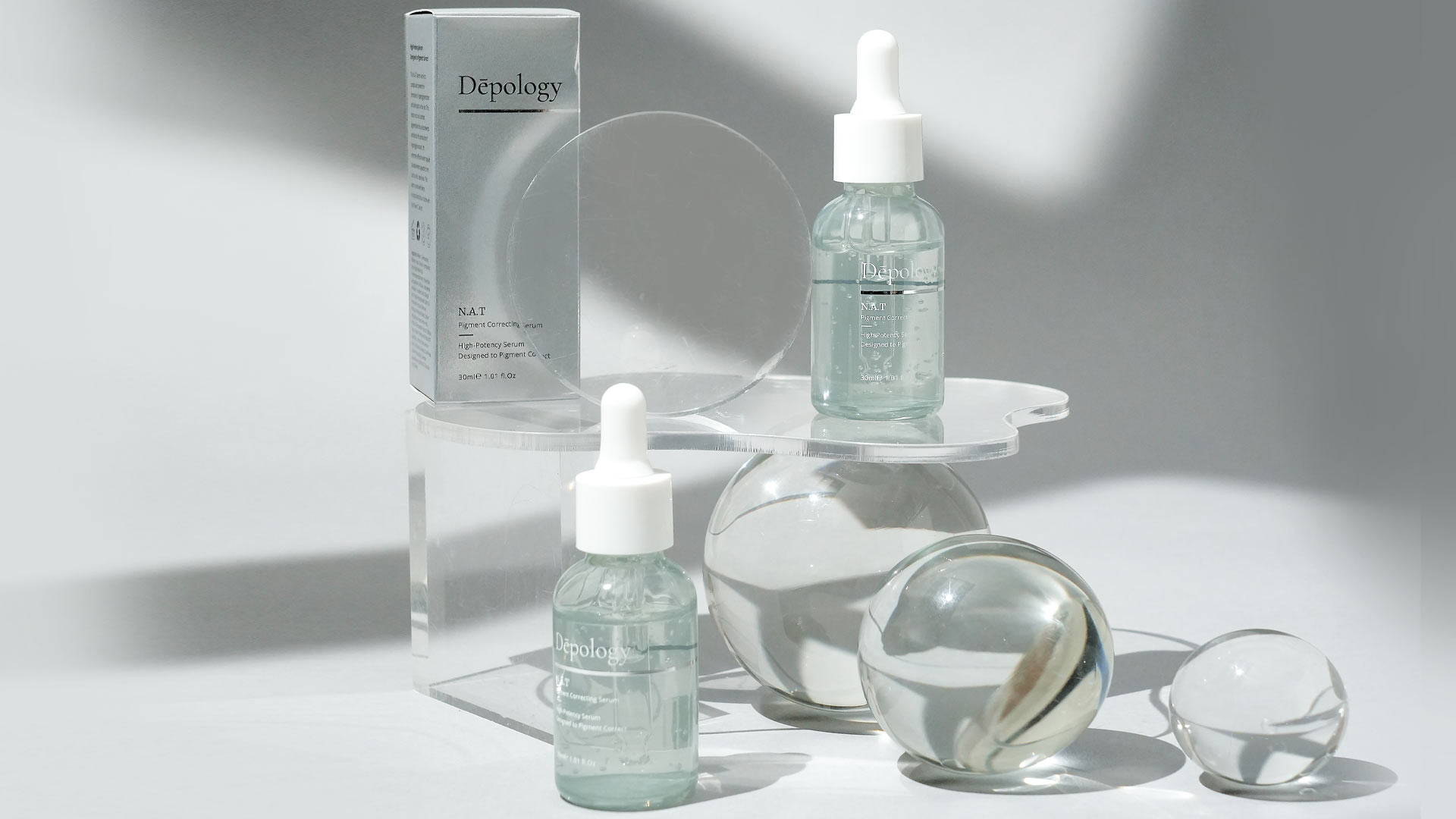
Step By Step Guide : For Shaving Facial Hair For Women
Facial hair, also referred to as “peach fuzz,” may be something you barely notice — or something that bothers you as soon as it grows back. For decades, social and marketing standards have promoted smooth, hair-free skin as the ideal, particularly for women. Fortunately, facial and body hair removal methods have come a long way, offering many options depending on your needs and preferences.
From traditional manual shaving to modern electric razors, there are endless ways to manage unwanted hair. Even Hollywood icons like Marilyn Monroe and Elizabeth Taylor famously shaved their faces for smoother-looking skin. No matter what experience you're seeking, you now have more choices than ever.
Facial Hair Causes and Purpose
The face has two types of hair: terminal and vellus. Terminal hairs are thicker and darker, appearing more noticeably around the chin or upper lip. Vellus hairs, on the other hand, are thin and fine “peach fuzz” covering most of the face.
Shaving has been practiced for centuries and remains the most affordable and accessible method of hair removal. Results typically last a few days to a week, depending on individual hair growth rates. Facial shaving, however, requires gentler care than body shaving, especially for women who may be more sensitive in certain areas.
While shaving facial hair is a personal choice, certain medical or hormonal conditions may cause excess hair growth, making treatment necessary. These include:
- Polycystic Ovary Syndrome (PCOS)
PCOS can cause hormonal imbalances — specifically excess androgens — which may lead to irregular periods, infertility, and excess facial or body hair (hirsutism). Small fluid-filled cysts prevent egg release, contributing to hormonal fluctuations. Early diagnosis helps reduce long-term risks such as Type 2 diabetes and heart disease.
- Cushing’s Syndrome
Cushing’s Syndrome occurs when the body produces too much cortisol. While cortisol is essential for stress regulation and blood sugar control, excessive levels cause symptoms such as a rounded face, stretch marks, and increased facial hair. Untreated, it may lead to diabetes, high blood pressure, and bone loss.
- Congenital Adrenal Hyperplasia (CAH)
CAH is a genetic condition affecting adrenal gland hormone production. Women and girls with CAH often experience early puberty, acne, excess hair growth, and fertility issues. Treatment typically involves prescription steroids such as hydrocortisone to balance hormone levels.
- Menopause
During perimenopause and menopause (typically ages 45–55), estrogen levels decline, causing hormonal shifts that may result in new facial hair growth — commonly on the chin, upper lip, sideburns, or ears. These changes are natural and vary from person to person.
How to Properly Shave Facial Hair
Step-by-Step Guide
- Cleanse the Face
Always begin with a clean face. A gentle cleanser helps remove dirt, oils, and debris, preventing irritation. This step preps the skin for shaving and reduces the risk of redness or breakouts.
- Hydrate the Skin
Optional but helpful — apply a warm, damp washcloth for a few minutes to soften the hair follicles and improve glide during shaving.
- Exfoliate
Light exfoliation removes dead skin cells and allows for smoother shaving. This step also helps skincare products absorb better. Apply shaving gel or a gentle face wash to minimize friction and protect the skin during shaving.
- Shave Carefully
Always shave using short, light strokes, rinsing the razor frequently. Tilt the razor at a 30–45° angle and shave in the direction of hair growth to avoid irritation or ingrown hairs. If you have acne-prone or extremely sensitive skin, shaving may worsen inflammation and is not recommended.
- Rinse and Moisturize
Rinse away leftover hairs and apply a gentle, water-based moisturizer. Avoid strong active ingredients (like retinoids or glycolic acid) immediately after shaving to prevent irritation.
Many believe shaving causes hair to grow back darker or thicker — this is a myth. Hair appears thicker only because it grows back with a blunt edge after being cut.
What Are Alternative Hair Removal Methods?
- Laser Hair Removal
This longer-lasting solution must be performed by a professional. The laser targets pigment in the hair follicles, making it most effective for darker hair. Though more expensive, many find it worth it for the long-term reduction in hair growth.
- Waxing
Waxing removes hair from the root, offering longer-lasting results than shaving. However, it may cause irritation or ingrown hairs and is sometimes painful. Facial waxing requires technique and is often best performed by a professional.
- Dermaplaning
Performed by a dermatologist or aesthetician, dermaplaning gently removes dead skin and peach fuzz using a scalpel. Results include smoother, brighter skin, but sensitive or acne-prone individuals may experience irritation.
Dermaplaning is different from microdermabrasion. Microdermabrasion removes dead skin using exfoliating crystals or a device but does not remove facial hair.
Conclusion: Shaving Facial Hair for Women
Shaving remains one of the most convenient and affordable ways to remove facial hair. With tools ranging from electric razors to disposable blades, anyone can create a routine that fits their needs. Whether male or female, shaving is a personal choice — not a requirement — and should be based solely on comfort and confidence.













